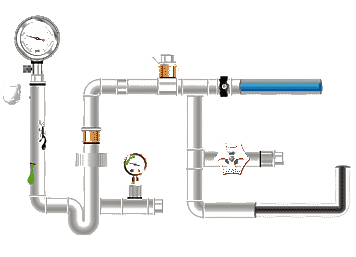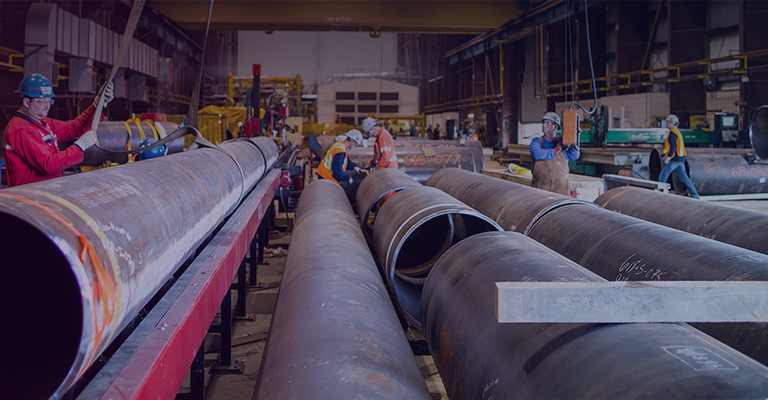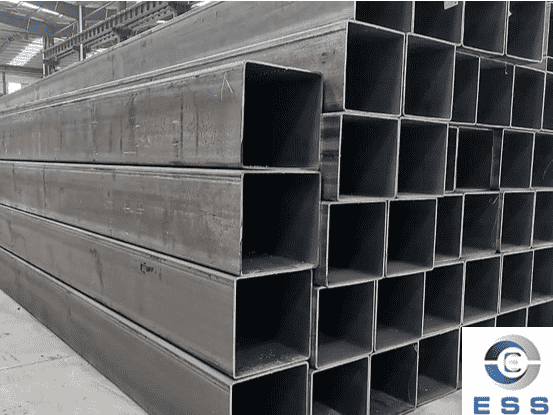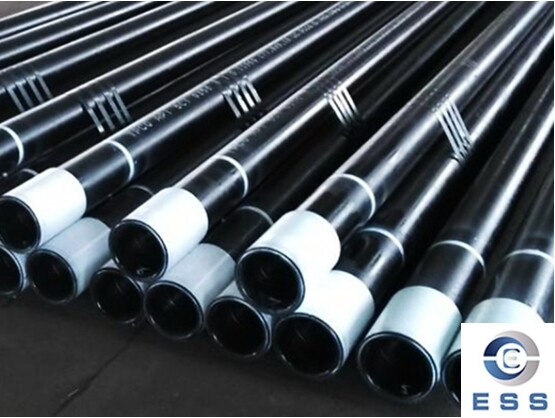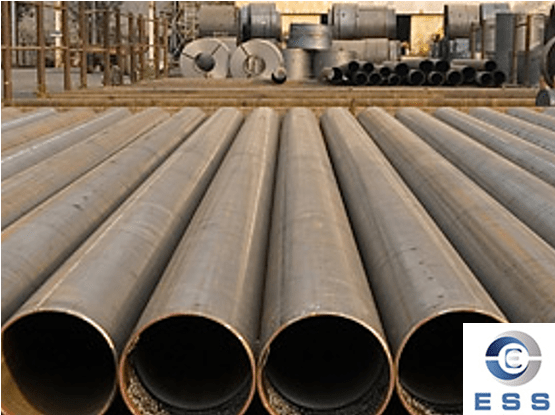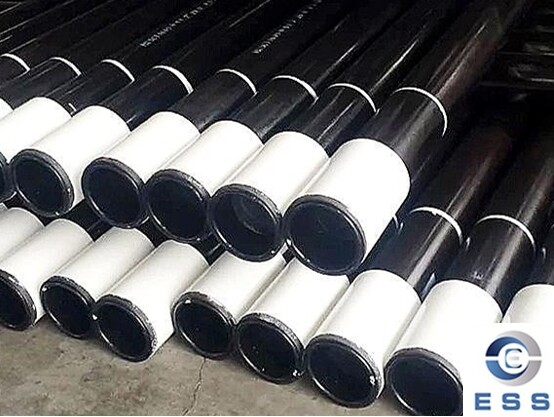
Wear-resistant tubing pup joints are generally composed of a wear-resistant layer added to the outer wall of the seamless
pipe. The wear-resistant layer is usually made of wear-resistant materials
such as polymer materials, ceramics, and silicon carbide, which can effectively
resist medium erosion and wear. In addition, the wear-resistant tubing pup
joint needs to be installed with accessories such as sealing rings and locking
devices to ensure the sealing and stability of the connection.
Wear-resistant tubing pup joint is a
commonly used pipeline fitting in the fields of petroleum, chemical industry,
and electric power. Its function is to connect the tubing and equipment and
protect the pipeline from damage such as wear and corrosion. So, why should we
choose wear-resistant tubing pup joint? What are the advantages of
wear-resistant tubing pup joint? What should we consider when choosing a
wear-resistant tubing pup joint?
What are the advantages of
wear-resistant tubing pup joint?
1. High wear resistance
The wear-resistant layer material has high
wear resistance and can effectively extend the service life of the pipeline.
2. Good sealing performance
The sealing ring and locking device ensure
the sealing performance of the connection and prevent the leakage of the
medium.
3. Easy installation
The wear-resistant oil pipe pup joint is
simple to install and easy to operate, which can meet the installation
requirements of different occasions.
4. Strong corrosion resistance
The materials such as the wear-resistant
layer and the sealing ring have good corrosion resistance and can resist the
erosion of various chemical media.
5. Low maintenance cost
The wear-resistant oil pipe pup joint has a
long service life, which can reduce the number of replacements and reduce
maintenance costs.
How to choose a wear-resistant oil pipe
pup joint?
1. Understand the needs
When choosing a wear-resistant oil pipe pup
joint, you must first clarify the use occasions and conditions, such as the
conveying medium, temperature, pressure and other parameters, so as to select
the appropriate model and material. If used for oil extraction, it is also
necessary to consider the compatibility with other pipeline systems such as drill pipe and casing pipe.
2. Choose suitable wear-resistant materials
The wear-resistant layer materials of the
wear-resistant oil pipe pup joint mainly include polymer materials, ceramics,
silicon carbide, etc. Different materials are suitable for different working
conditions. When purchasing, it is necessary to select the appropriate
wear-resistant layer material according to the working conditions to ensure the
durability and stability of the pup joint.
|
Material
|
Advantages
|
Disadvantages
|
Application
|
|
Polymer materials (such as polyurethane,
rubber)
|
Have good elasticity and impact
resistance, light weight, and easy installation.
|
Poor high temperature resistance,
slightly lower wear resistance than ceramics and silicon carbide.
|
Suitable for medium and low temperature
and mild wear environments, such as oil transportation.
|
|
Ceramic materials (such as alumina
ceramics)
|
High hardness, strong wear resistance,
excellent corrosion resistance.
|
High brittleness, poor impact resistance,
and high processing cost.
|
Suitable for high wear and corrosion
medium transportation, such as slurry and mortar.
|
|
Silicon carbide material
|
Extremely high hardness, second only to
diamond, high temperature resistance, wear resistance.
|
Large brittleness, high cost, and high
processing difficulty.
|
Suitable for high temperature and high
wear conditions, such as metallurgy and coal transportation.
|
3. Formal channels
It is recommended to choose formal channels
for purchase, such as large online shopping malls or physical stores. The
product quality of these channels is relatively guaranteed, and there is a
complete after-sales service system. In addition, try to choose products with
relevant certifications, such as wear-resistant tubing pup joints that meet API
(American Petroleum Institute) standards to ensure reliable quality.
4. Check product details carefully
In addition to understanding basic
parameters such as product models and specifications, you also need to pay
attention to details such as wear-resistant layer materials, thickness, sealing
ring materials, and locking methods.
Wear-resistant layer thickness: The
thickness of the wear-resistant layer directly affects the service life. Too
thin may cause premature wear and failure.
Sealing ring material: Corrosion-resistant
and high-temperature resistant sealing materials such as fluororubber or
polytetrafluoroethylene should be selected to ensure sealing performance.
Locking device: The locking method should
be firm and reliable, able to withstand working pressure, and avoid loose
connections and leakage.
What is the quality inspection method
for wear-resistant tubing pup joints?
In order to ensure the quality of
wear-resistant tubing pup joints, it is recommended to perform the following
tests before purchase or use:
1. Dimensional accuracy inspection
Use digital calipers or laser measuring
equipment to check whether the outer diameter, inner diameter, and wall
thickness of the tubing pup joints meet the standards. If it is a precision
tube or heat
exchanger tube, the accuracy requirements are higher and special attention
should be paid.
2. Pressure test
Use water pressure or air pressure testing
equipment to test the bearing capacity of the oil pipe pup joint under high
pressure to ensure that there will be no leakage or deformation.
3. Wear resistance test
Use a wear tester to test the wear
resistance of the wear-resistant layer to evaluate its service life.
4. Corrosion resistance test
Put the pup joint in a specific acid and
alkali solution to observe its corrosion and ensure that its chemical corrosion
resistance meets the use requirements.
5. Sealing test
Perform an air tightness test or a water
tightness test to check whether the sealing ring effectively prevents leakage.
6. Material composition test
Use spectral analysis technology to detect
the composition of the wear-resistant layer material to ensure that it meets
the design standards.
Summary
When selecting a wear-resistant oil pipe
pup joint, it is necessary to select suitable wear-resistant materials
according to the actual working conditions, and pay attention to product
quality and performance testing to ensure that it can operate stably under high
wear, high pressure or corrosive environments. Purchasing through formal
channels and screening in combination with detection methods can effectively
improve the service life and safety of the pipeline system.









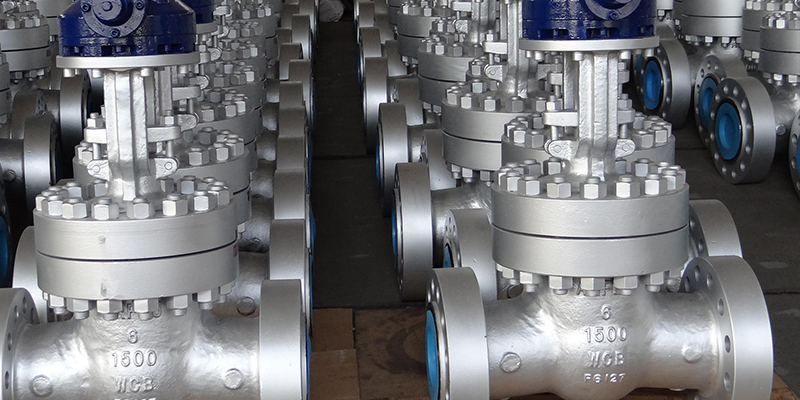
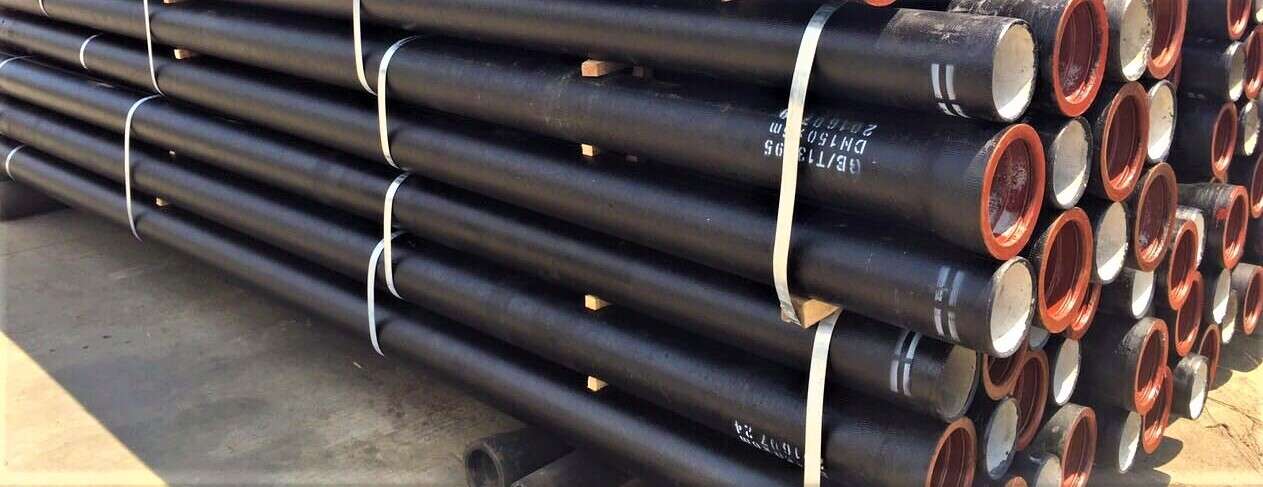


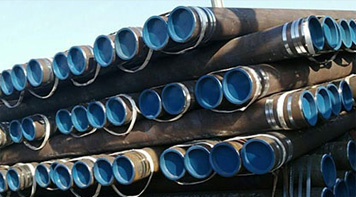 Eastern Steel Manufacturing Co.,Ltd not only improve product production and sales services, but also provide additional value-added services. As long as you need, we can complete your specific needs together.
Eastern Steel Manufacturing Co.,Ltd not only improve product production and sales services, but also provide additional value-added services. As long as you need, we can complete your specific needs together.
